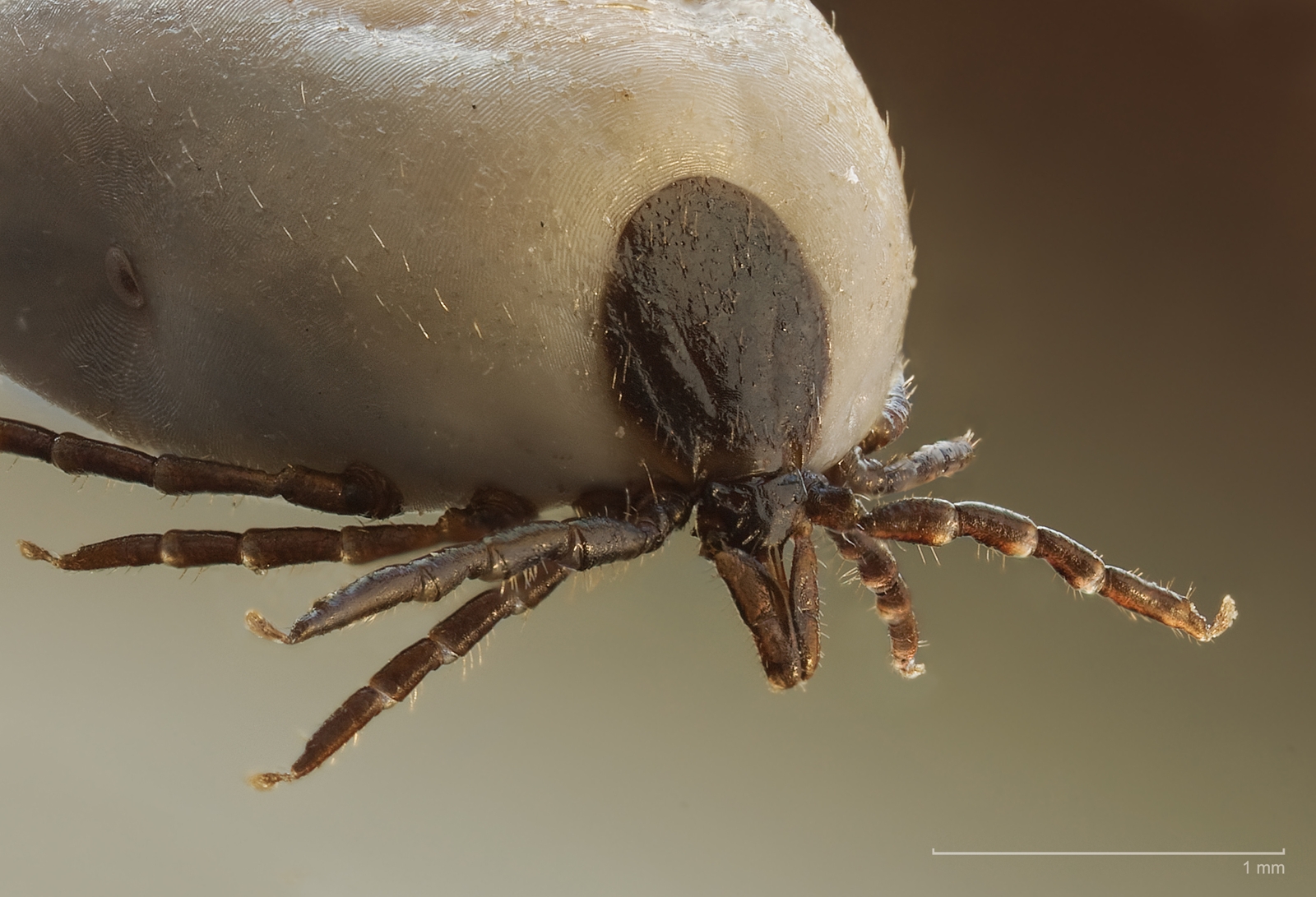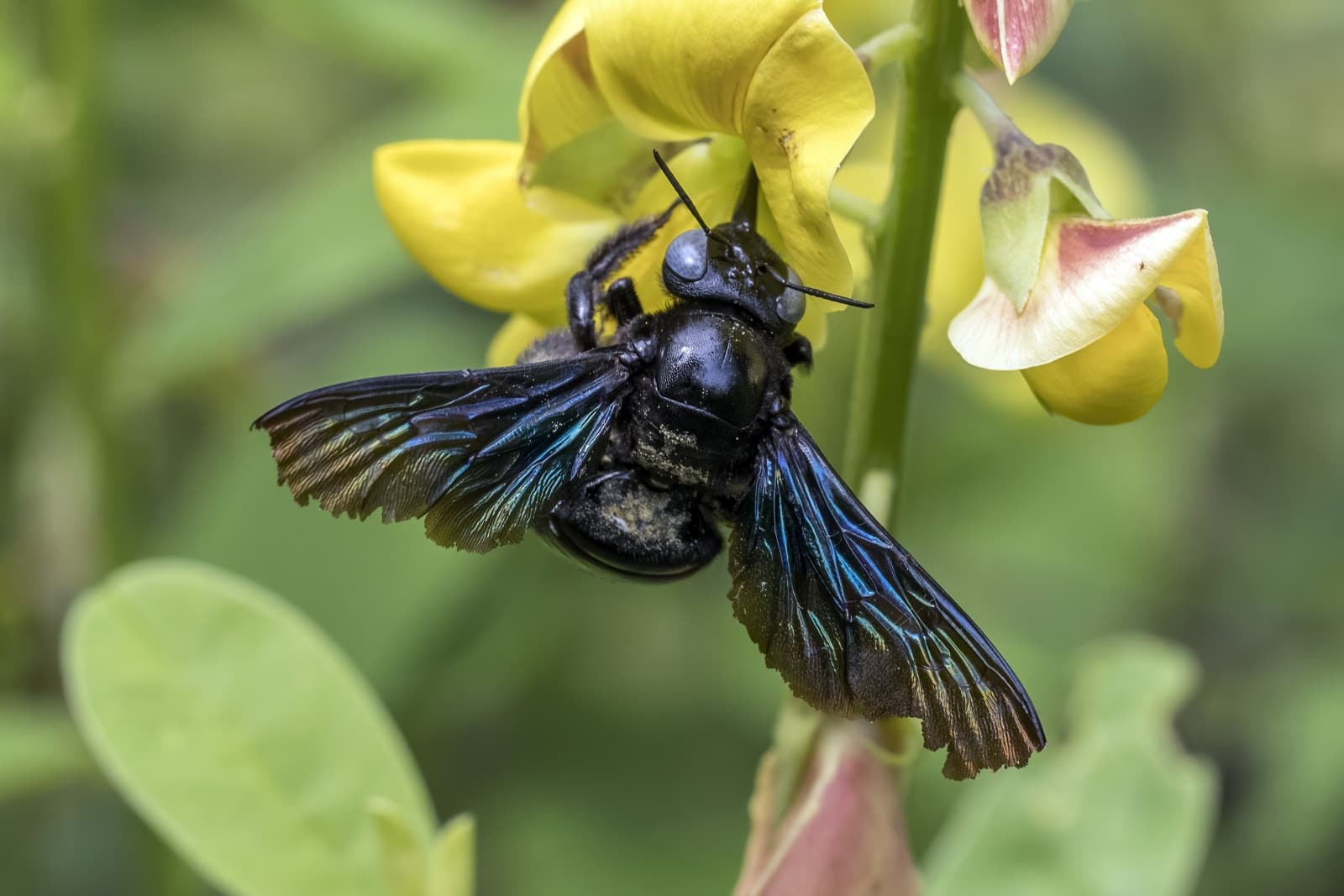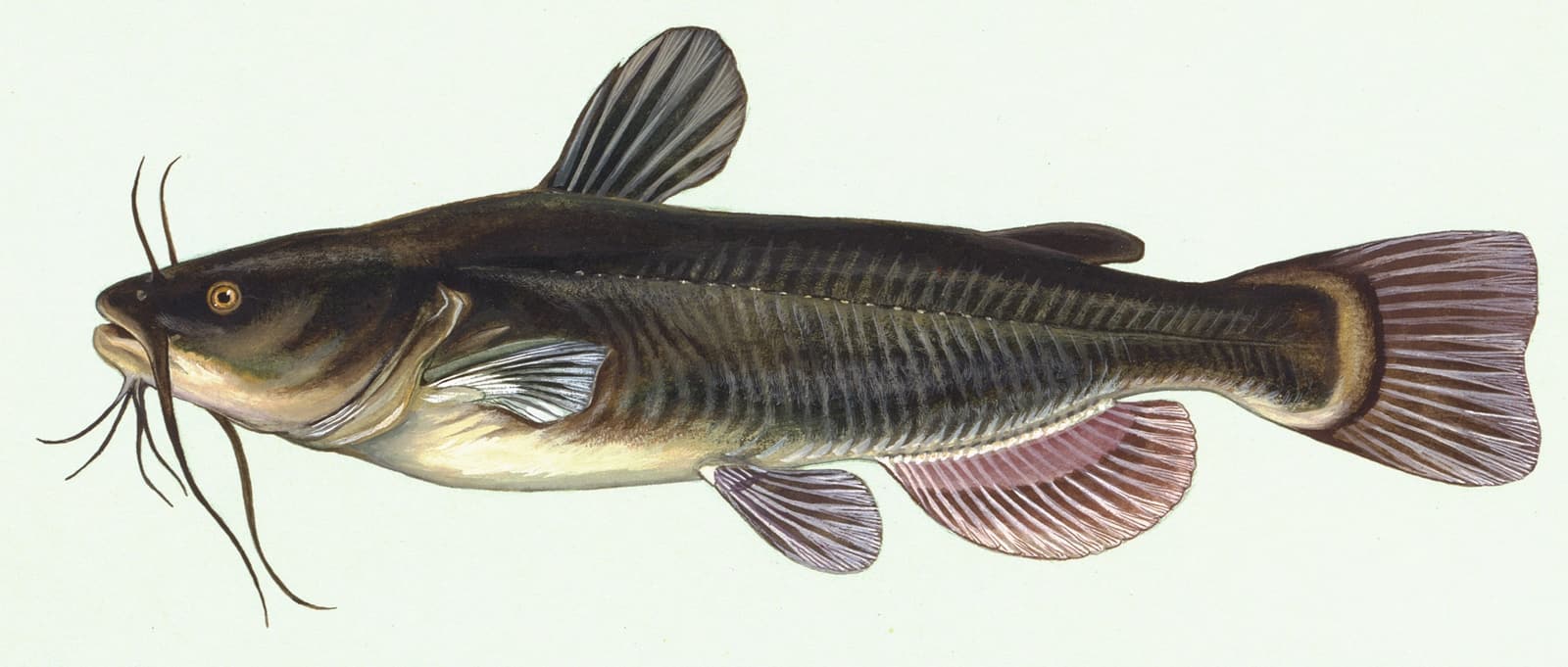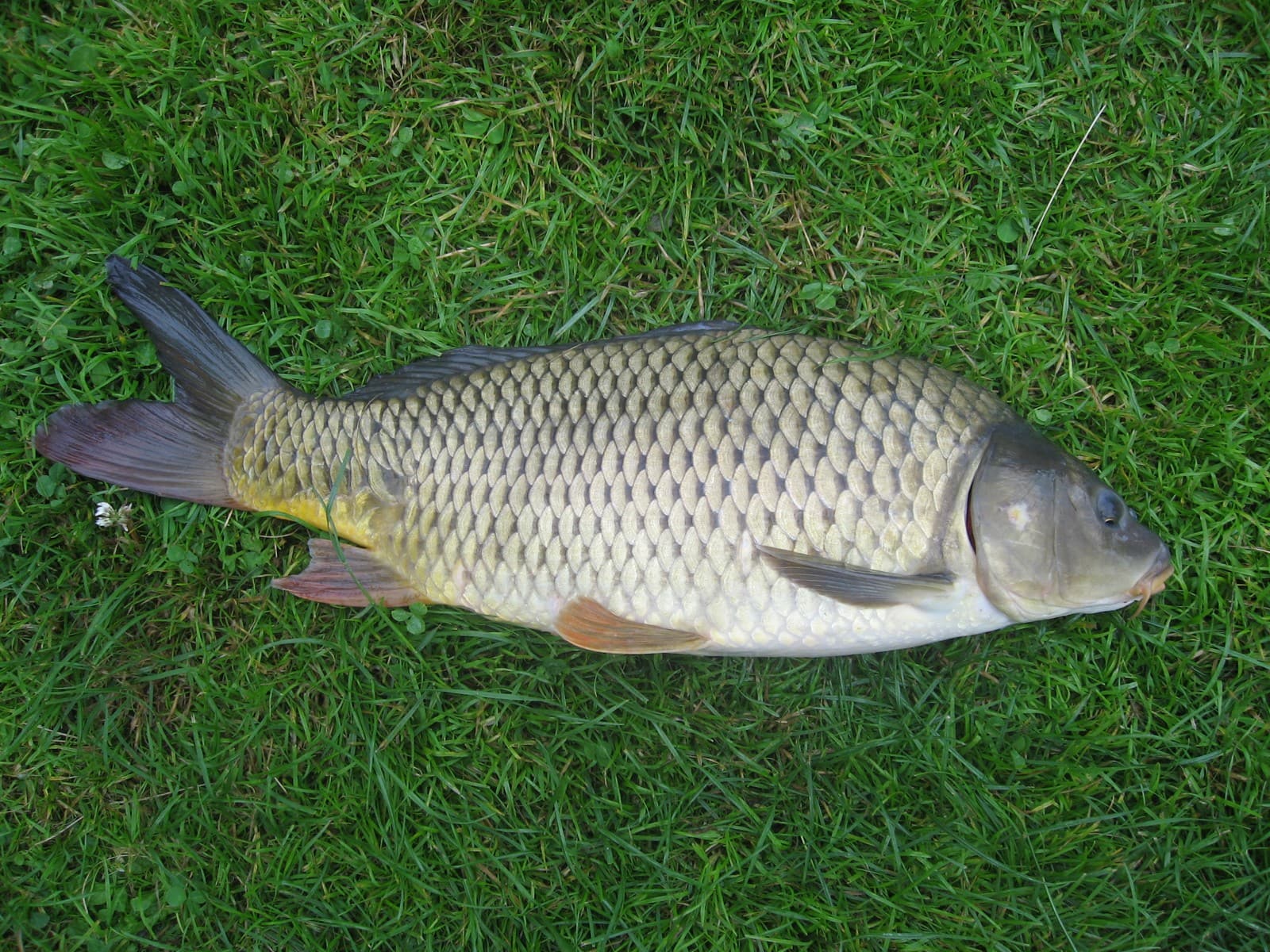Spider vs Tick: A Complete Comparison
While both spiders and ticks belong to the arachnid family, these eight-legged creatures couldn’t be more different in their behavior and impact on ecosystems. Spiders, with over 45,000 known species, are primarily predatory creatures that help control insect populations. Ticks, comprising roughly 900 species, are parasitic organisms that feed exclusively on the blood of vertebrate hosts.
The size difference between these arachnids is substantial. Most spiders range from 0.02-1.2 inches (0.5-30mm) in body length, with some reaching impressive spans of up to 12 inches (30cm) including legs. Ticks, however, typically measure just 0.08-0.2 inches (2-5mm) when unfed, though they can expand dramatically to 0.4 inches (10mm) when engorged with blood.

© Copyright © 2005 David Monniaux / CC BY-SA 3.0
The Golden Silk Orb-weaver exemplifies the sophisticated hunting strategies employed by spiders, using intricate web construction to capture prey - a stark contrast to the parasitic feeding methods of ticks.

© Richard Bartz / CC BY-SA 2.5
This detailed view of a deer tick reveals its specialized mouthparts and sensory organs, evolved specifically for parasitic feeding - a fundamental difference in the Spider vs Tick comparison.
Key Differences Between Spiders and Ticks
| Feature | Spider | Tick |
|---|---|---|
| Body Structure | Two distinct body segments (cephalothorax and abdomen) | One fused body segment |
| Feeding Behavior | Predatory, liquefies prey | Parasitic, blood-feeding only |
| Mobility | Active hunters, web builders | Passive hunters, “questing” behavior |
| Life Span | 1-2 years average, some up to 25 years | 2-3 years average |
| Reproduction | Lay 2-1000 eggs in silk sacs | Lay 2,000-18,000 eggs in single batch |
| Habitat | Worldwide, diverse environments | Primarily grasslands and woody areas |
Hunting and Feeding Methods
Spiders employ diverse hunting strategies, from web construction to active pursuit of prey. They inject venom to subdue insects and other small creatures, then use digestive enzymes to liquify their food before consumption. In contrast, ticks are exclusive blood-feeders that attach to hosts using specialized mouthparts called hypostomes, often remaining attached for several days while feeding.
Ecological Impact and Human Interaction
While spiders play a crucial role in controlling insect populations and maintaining ecosystem balance, ticks are primarily known for their role as disease vectors. Spiders consume an estimated 400-800 million tons of prey annually worldwide, whereas ticks focus solely on blood extraction from vertebrate hosts, potentially transmitting various pathogens in the process.
Habitat and Distribution
Spiders have adapted to nearly every terrestrial environment on Earth, from deserts to rainforests, urban areas to mountain peaks. Ticks, however, are more restricted in their distribution, preferring areas with adequate humidity and host populations, typically in woodland edges, tall grasses, and shrubby areas.
Defense Mechanisms
Spiders rely on various defensive strategies, including venom, camouflage, and web construction. Most spider species possess venom glands, though few are dangerous to humans. Ticks have evolved thick protective cuticles and can secrete anticoagulants and immunosuppressive compounds, but lack active defensive capabilities.
Evolutionary Adaptations
The spider’s ability to produce silk represents one of the most significant evolutionary innovations among arachnids, used for web construction, egg protection, and even transportation through ballooning. Ticks have evolved specialized sensory organs called Haller’s organs, which detect heat, carbon dioxide, and other host cues - adaptations specific to their parasitic lifestyle.
Through this comprehensive Spider vs Tick comparison, we can appreciate how these arachnids, despite their shared ancestry, have evolved to occupy vastly different ecological niches. While spiders have become successful predators essential to ecosystem health, ticks have specialized as parasites, each adapting perfectly to their respective roles in nature.









